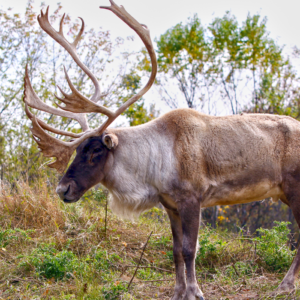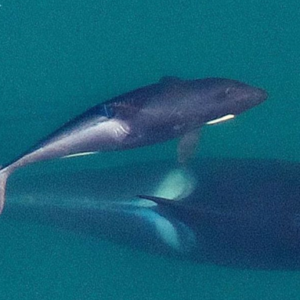Flying with the Olive Clubtail Dragonfly
Who doesn’t love a beautiful dragonfly? The Olive Clubtail is a dragonfly in the clubtail family. The adults grow 50-69mm long, have widespread eyes and have a swollen abdomen (especially in males). Their wings are clear and the thorax (part of the body that bears the wings and the legs) is grey-green with broad, brown shoulder stripes and the black abdomen has a yellow mark. The Olive Clubtail lives in scattered populations throughout North America from British Columbia to Washington, Oregon, Idaho, Utah, Nevada and California.
As larvae, the Olive Clubtail burrow in the bottom of mud-or sand-bottomed rivers or streams. The larvae are aquatic predators and live for about two years in the bottom of the streams or lakes until emerging as adults. Their diet as larvae consists of bottom-dwelling invertebrates. The adult Olive Clubtail, unlike other dragonflies, eat a variety of small, flying insects. 
In British Columbia, the adults fly from mid-July to mid-October, so that would be your chance to spot one! If you are a water lover, the males fly over open water, so keep an eye out if you are on the water during those months! The females may be seen laying her eggs on the surface of the water. For the rest of the time, the adults rest in shrub, trees, and sometimes perched on the ground.
The Olive Clubtail are facing threats to their habitat from river channeling. Urban, residential, transportation and marina developments as well as pollution from power boats and disturbance at popular swimming beaches are all having impact on larval survival. Introduced fish have altered the ecology of the Okanagan and Christina watersheds which are becoming the major predators for the larvae. The waters are facing many pollutants such as: land development, agriculture practices, storm water runoff, sewage systems, forestry and range activities, and pesticides (from the orchards and vineyards).
If you are a farmer, make sure you are not using any pesticides. That is the first way you can help! Also, if you regularly go camping or you spend a lot of time outdoors, make sure you are using environmentally friendly products. Do not purchase products that are harmful to the environment, as they may further hurt the Olive Clubtail’s chance at survival. Another way to help is becoming aware of the shores that the Olive Clubtail call home. Minimizing disturbance to these areas will help with successful reproduction (as there are less disturbances). Lastly, by learning about the Olive Clubtail and spreading the word about their imminent threats, you can play a huge part in the safety of the Olive Clubtail.



